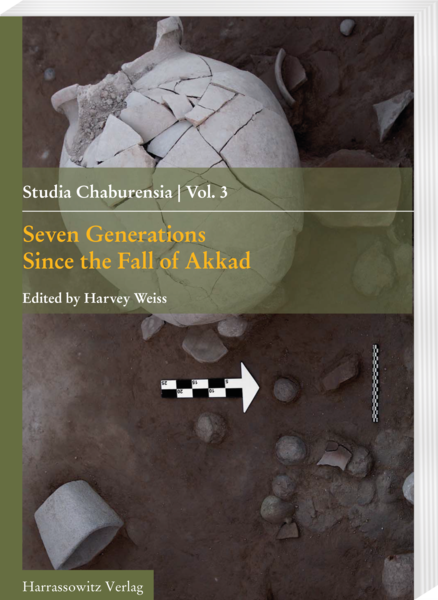Summary of the book
For the past twenty years, the Khabur Plains of northeast Syria have been a testing ground for the Akkadian collapse c. 2200 BC and remnant post-Akkadian occupations. On May 2, 2012, a workshop for the presentation and discussion of the latest archaeological data was convened in Warsaw, at the 8th International Congress for the Archaeology of the Ancient Near East. The fifteen research papers from that conference present the analyses and perspectives from eight excavated sites, Arbid, Barri, Chagar Bazar, Brak, Mohammed Diyab, Leilan, Mozan, and Hamoukar, and two regional surveys. The new data include the Tell Leilan high-resolution radiocarbon chronology for the Akkadian collapse, an Akkadian palace built within the shell of a destroyed pre-Akkadian palace, The Unfinished Buildings at Tell Leilan and Tell Mohammed Diyab, the terminal occupations at Tell Brak, Chagar Bazar, Hamoukar, Arbid, Mohammed Diyab and Leilan, quantified regional settlement distributions across the Akkadian collapse, measured paleobotanical data for imperial Akkadian and remnant post-Akkadian agriculture, and documentation for the collapse of the imperial Akkadian administration.
Publication Type
- Article



